[vimeo 61328349 w=600 h=350]
Artist Rosalind Fowler talks to us about her film, Folk in Her Machine, a fascinating and beautiful study of traditional rituals including Padstow’s Obby Oss May Day festival.
Screening at Plymouth Arts Centre on Thursday 1 May, every hour from 10.30am, final screening 4.30pm, as well as Wednesdays and Saturdays throughout May,1.30pm. Duration 47 mins, free.
What do you think is the significance of Padstow’s Obby Oss for people in our day and age?
For most local Padstonians the ‘Obby ‘Oss is hugely significant, almost revered. May Day, the town’s joyous celebration of the coming of Summer, evokes incredibly deep emotions and is a collective means of re-affirming senses of place and belonging in a town where locals feel marginalised. The vast majority of Padstonians live on the outskirts, and the old houses in the centre are now completely unaffordable second homes. May Day is often described as ‘the only thing we’ve got left’.
Do you see recurring themes and motifs in the rituals and traditions of different places?
Folk traditions often share common qualities such as music, song, dance, costume, a link to the seasons in which they are performed. Most share a sense of the past in some way too (including ones that may have been recently invented or revived) Often the custom might have been passed down from father to son over many generations, and there is usually a central myth or narrative about where the tradition originated. Despite the emphasis on tradition and continuity with a past, folk traditions do subtly change and evolve all the time.
Some folk traditions are very weird and wonderful! Are we attracted to the eccentricity and spectacle, or is it something deeper going on?
The process of making Folk In Her Machine was in a way a means of exploring some of these questions. Many folk traditions certainly do appear eccentric, perhaps anachronistic in today’s world. They are exuberant and playful, unique to the individuals and communities that perform them, and don’t conform to the otherwise homogenizing and rule-bound forces of contemporary society. That makes them attractive and it’s easy as a spectator to feel drawn in to the multi-sensory ‘spectacle’. Yet they are primarily not put on for people to come and watch, but are performed by and for local communities. There are also uncanny elements to many folk traditions that interest me greatly, suggestions of the pagan past. It’s easy to romanticize these events despite any lack of real evidence about where they come from, but again these desires for deeper meanings say as much about society today, the prosaic, alienating forces of capitalism, as they do about the events themselves.
Do you think the process of recording and documenting events such as these has an effect on the events themselves?
In the case of Folk In Her Machine it’s hard to know how it will be received in the places where it was filmed or what the impact will be. Most footage of folk traditions aims to simply record and document, so I imagine my film will challenge expectations and provoke some debate. More generally I have seen evidence that film footage from the past does influence both the enactment and collective perceptions of traditions. In Padstow, for example, some of the core members of the Old ‘Oss party regularly watch Alan Lomax’s 1953 film ‘Oss Oss Wee Oss’ in order to mimic the dancing and check small details of the event so that they might better enact the ‘correct’ form. Folk traditions are full of contradictions, and in this case it’s ironic that this film, made by ‘outsiders’ and evidently staged in many parts for the camera, has become a barometer for how an exclusively, at times defiantly, local tradition should be performed.
The intermingling of 16mm film with digital seems to lend an ethereal sense to this film. What led you to work in this way?
This film is not meant to be a straightforward representation of reality making claims to documentary ‘truths’. It is grounded in lived experience and comments on social experience but is also a reflexive enquiry into the processes of representation and cinema’s transformative qualities. Through re-filming certain footage for example, the images pulse and flicker like the drumbeat in the ritual, and suggest certain parallels between film and ritual experience. The ethereal, sensual nature of the footage also reflects something of the female narrators attempts to draw close and experience some kind of essence within the rituals, and yet through heavily edited and manipulated sequences the audience is reminded that what they are witnessing is not the rituals themselves, but a re-presentation of them, a product of the filmmakers imagination and desires. The audience are never passively immersed in these dreamy sequences for long, and are invited instead to critically engage with the image.
What draws you to make work about folk traditions?
Some years ago I bought a campervan and started traveling around England to film many different customs. I wanted to get out and explore different elements of English culture. Over time many interesting questions surfaced related to the customs themselves and their wider positioning in the contemporary English landscape as previously suggested. One of the themes that interest me greatly is ‘place’, the complex interrelations between people and landscapes, and how senses of place and belonging in the world are created and imagined. In the case of Folk In Her Machine this was based around performative folk customs. I have moved away from folk traditions for now and am making a new film about the neighborhood of Chelsea in London, the occult financial forces that operate beneath this centre of wealth and privilege, and the hidden corners and characters and histories.
Interview by Charlotte Beevor-Reid
Rosalind Fowler’s website
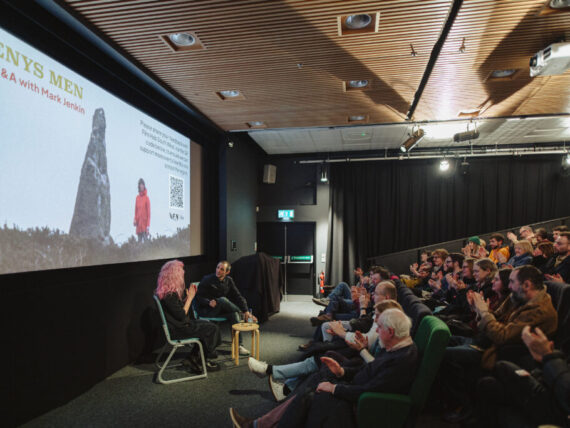

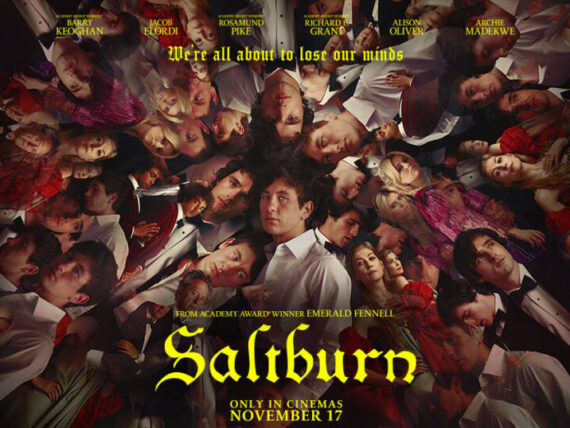

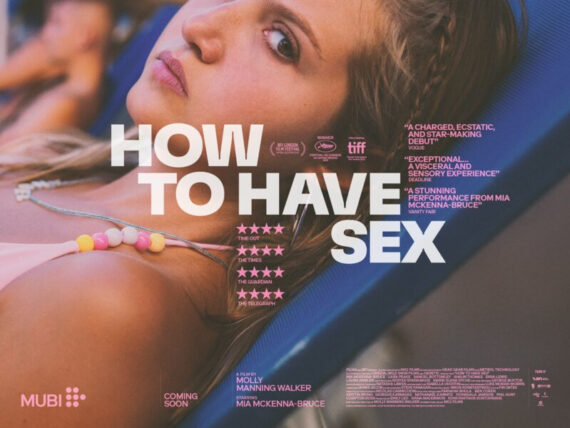
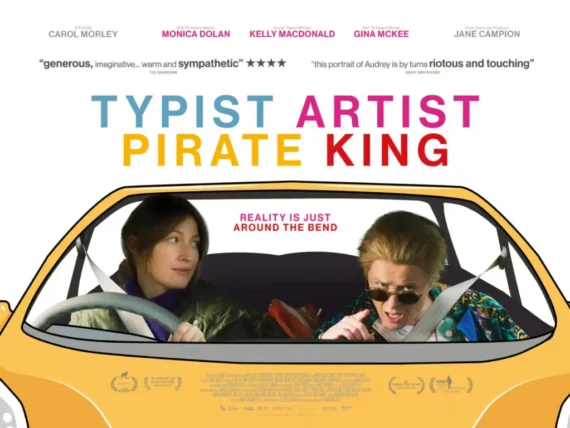
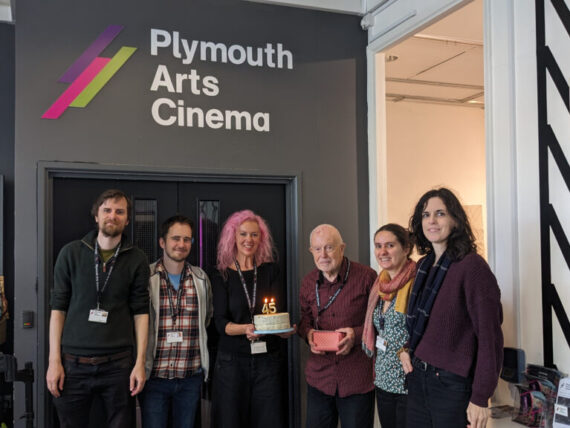

Comments
No comment yet.